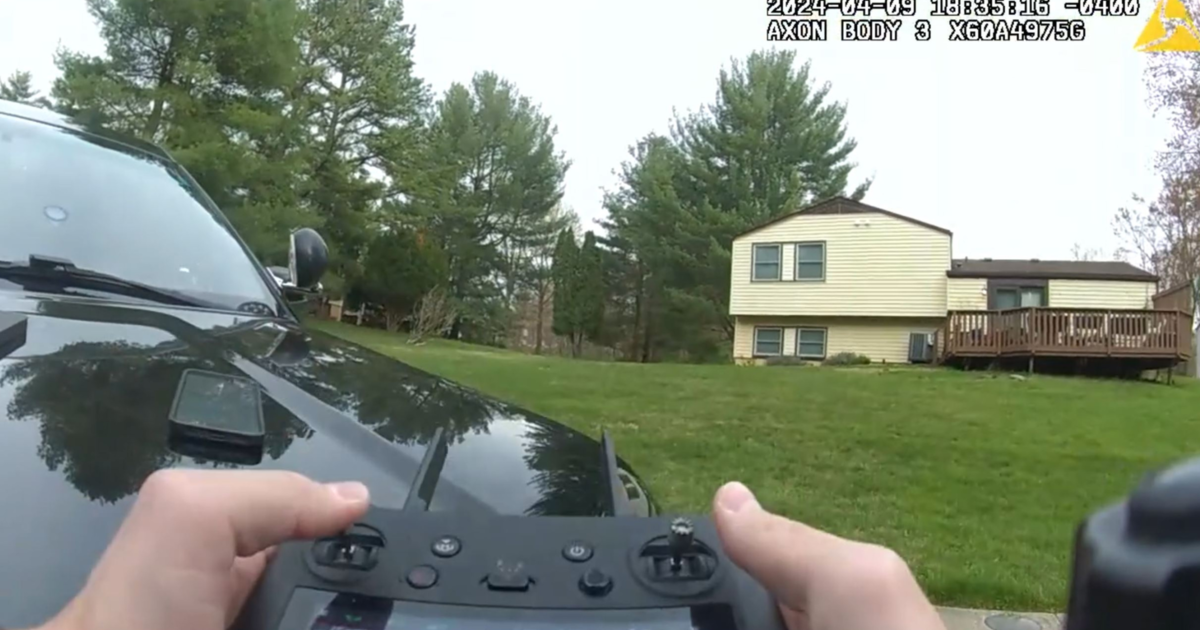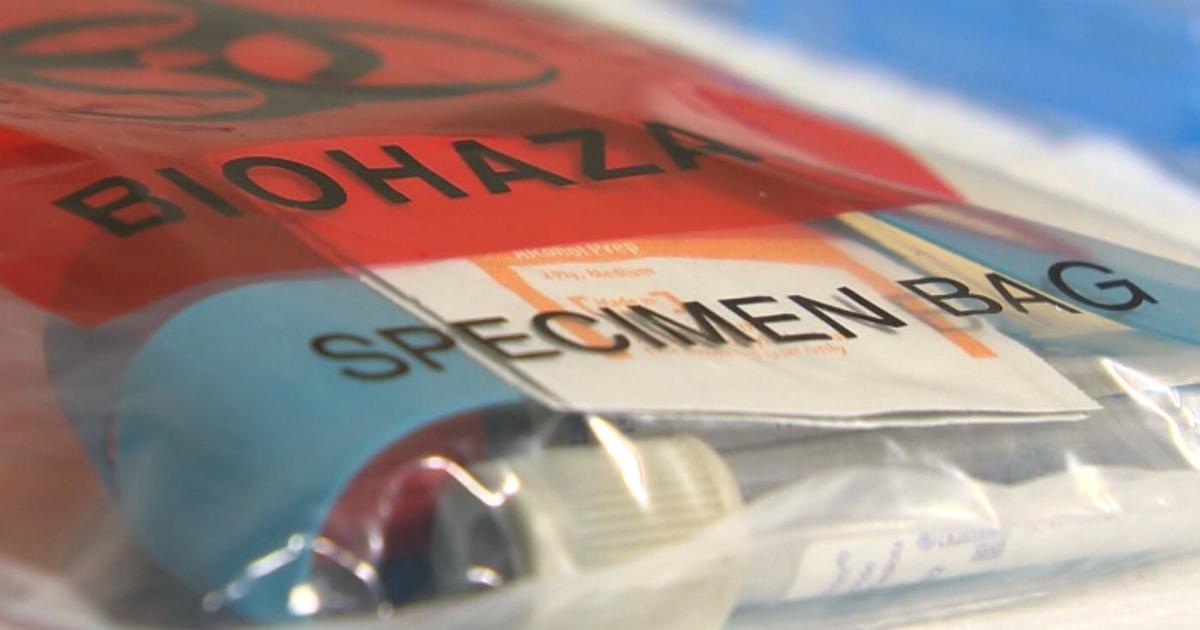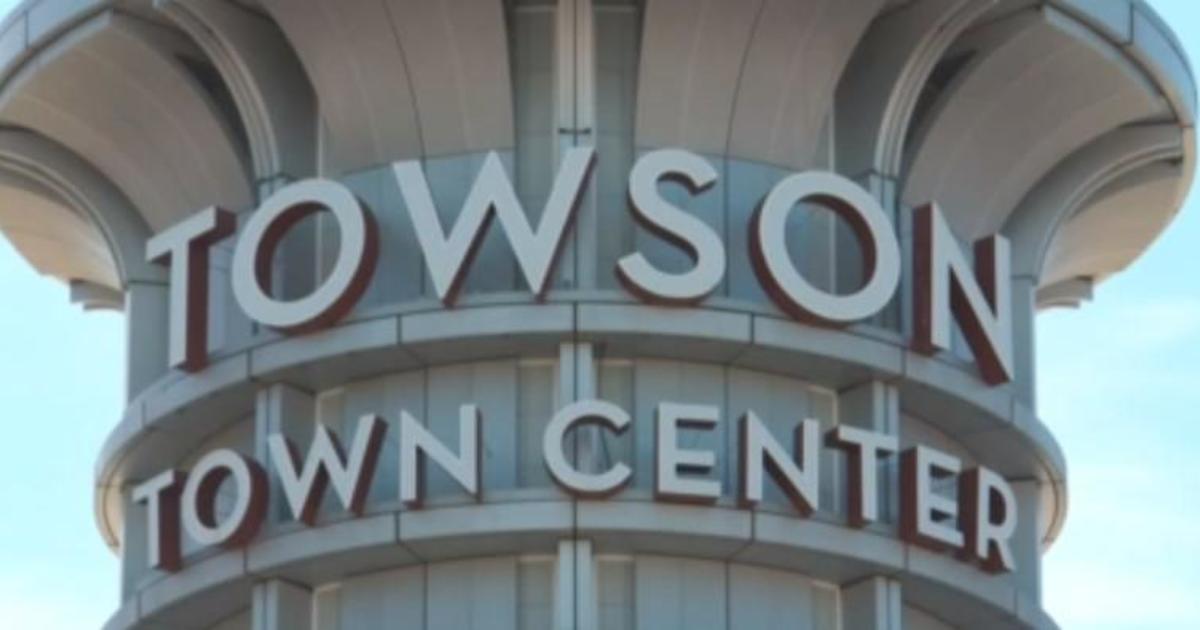Prince George's Co. Police Changing Lineup Method
PALMER PARK, Md. (AP) -- The Prince George's County Police Department is changing how photo lineups are presented to help keep innocent people from going to prison.
The Washington Post reports that detectives will soon begin showing witnesses photos of potential suspects one at a time. The photos will be on separate pieces of paper, instead of all on one page, and will be presented by a detective unfamiliar with the case.
The method aims to reduce the risk of witnesses falsely identifying suspects or detectives unknowingly steering witnesses toward a particular person.
"You don't want to catch the wrong guy because now you're messing with someone who is innocent and the bad guy is still out there," said Carlos F. Acosta, inspector general for the Prince George's police.
The practice has been adopted by other jurisdictions around the country, including Baltimore. Also, Maryland state Sen. Catherine Pugh has introduced a bill requiring all law enforcement agencies to switch over to blind but not sequential lineups. But these jurisdictions are still in the minority since there is still doubt about whether the change would be an improvement.
Researchers used to think that sequential lineups would reduce false identifications without affecting correct identifications, but now some are saying mistaken identifications decrease with the chance of accurate identifications.
"There was a time when everyone in the field who was involved in the research or police took the position that sequential is better than simultaneous and blind is better than non-blinded," said Steven Clark, a psychology professor at the University of California at Riverside who studies eyewitness identification and photo lineups. "Now it's controversial. Things have really changed."
With current lineup methods, witnesses "Frankenstein" a suspect based on the six photos they see on a page, comparing each person's features and perhaps pulling a feature from each, then getting overwhelmed, according to Prince George's police Capt. George Nichols.
"With the sequential, you show them one picture at a time so they're comparing what they see to their memory versus comparing to other suspects on the same page," said Nichols, assistant commander of the Criminal Investigation Division. "It's more of a cleaner ID."
About 75 percent of wrongful convictions later overturned through DNA evidence originally involved bad eyewitness identifications, according to the nonprofit Innocence Project.
"It is somewhat sobering to realize that it is currently unknown whether the recommended procedures, no matter how sensible they might seem, are diagnostically inferior, diagnostically equivalent, or diagnostically superior to the alternative lineup procedures they would replace," according to a 2012 paper published by the American Psychological Association.
(Copyright 2013 by The Associated Press. All Rights Reserved.)



